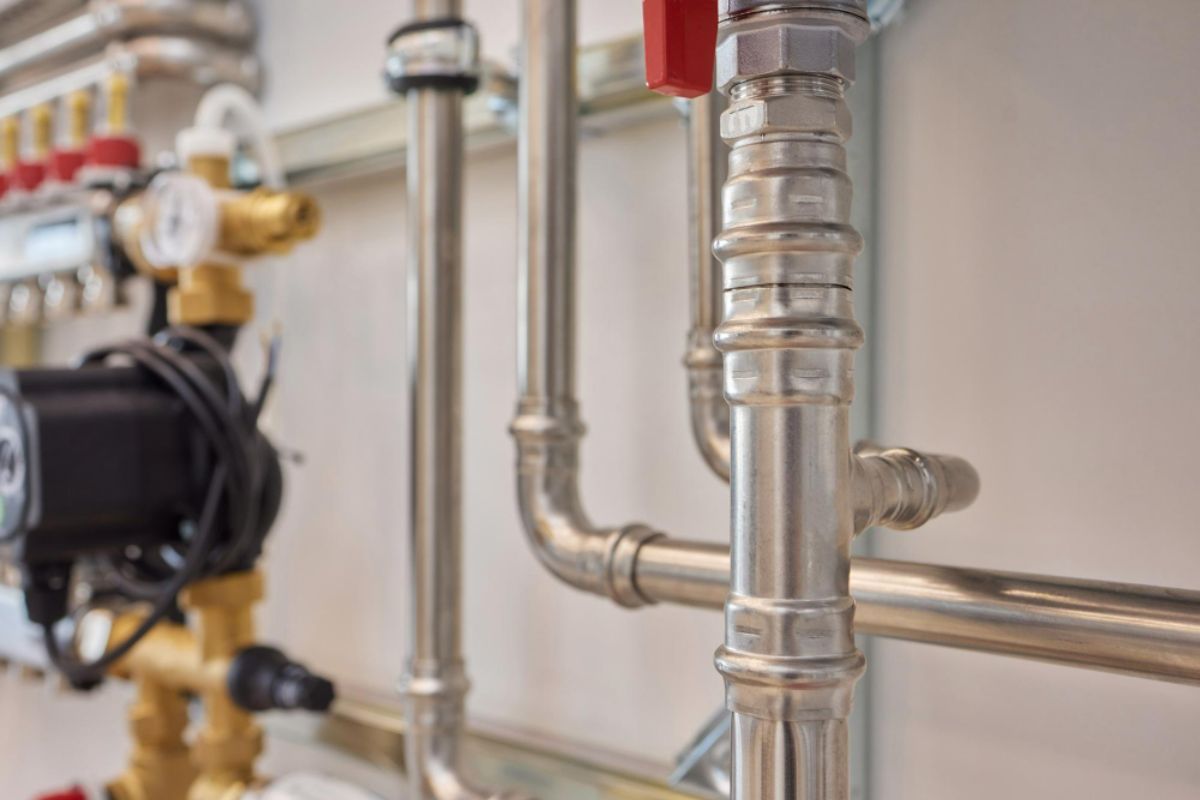Leaky sinks can be a nuisance, whether at home or in industrial settings. Learning how to effectively detect leaks under sink is crucial for maintaining the integrity of your plumbing system. This comprehensive guide will equip you with the skills needed to identify and address these leaks promptly.
It’s essential to understand that not all leaks are equal. Some may be small and manageable, while others can lead to significant damage and costly repairs if left unattended. This article will delve deep into the common causes of sink leaks, methods to diagnose these issues, and provide solutions to fix them.

1. Understanding the Common Causes of Sink Leaks
To successfully detect leaks under sink, one must first grasp why they occur. Common causes include loose connections, worn-out washers, and damaged pipes. These issues can arise due to regular wear and tear or improper installation.
Loose Connections
Over time, the connections between pipes and the sink can loosen. This may result in slow drips that eventually cause noticeable leaks.
Worn-out Washers
Washers are often the silent culprits behind many sink leaks. As they wear out, water begins to escape, leading to slow but persistent leaks.
2. Tools and Materials Needed for Leak Detection
A systematic approach requires the right tools. To detect and fix leaks, you may need adjustable wrenches, pipe tape, flashlights, and buckets to catch drips.
3. Step-by-Step Guide to Detecting Leaks
Begin by clearing out the space under the sink, which allows for better access. Next, look for any visible water pooling or moisture.
Visual Inspection
Use a flashlight to examine every nook under the sink. This simple step can reveal drips and water stains, indicating possible leaks.
Check Mold or Mildew
Mold or mildew under the sink can be tell-tale signs of a persistent leak. Their presence suggests a need for further inspection.
4. Techniques for Fixing Common Sink Leaks
Once detected, fixing leaks promptly is essential. The appropriate method depends on the type and severity of the leak.
Tightening Connections
If leaks are caused by loose connections, use an adjustable wrench to tighten them. This simple solution can resolve many small leaks.
Replacing Washers
If a worn-out washer is the issue, replace it with a new one. Ensure that you choose the correct size for your specific sink model.
5. Preventing Future Sink Leaks
To avoid future leaks, conduct regular maintenance checks and ensure that components are in optimal condition.
Regular Inspections
Perform bi-annual checks to ensure that connections, pipes, and washers are secure and functional.
Install Smart Valves
Modern solutions like smart valves can proactively manage water flow and alert you to potential leaks, providing peace of mind and safeguarding against damage.
6. Seeking Professional Help
For complicated issues, engaging a professional plumber can ensure the effective resolution of the leaks.
Professional plumbers have the expertise and tools to handle more complex leaks efficiently, preventing further issues.

FAQ
Q1: What are the signs of a leak under the sink?
A: Look for water drips, mold, or mildew, and damp cabinets. An unusual smell may also indicate a leak.
Q2: How often should I check for leaks under my sink?
A: Regular maintenance checks every six months are recommended to catch potential issues early.
Q3: Can I fix a sink leak on my own?
A: Yes, simple leaks such as loose connections and worn-out washers can be fixed with basic tools. However, seek professional assistance for complex issues.
For further insights on modern valve solutions, visit this guide on automatic water shut-off valves. Such innovations can greatly aid in leak prevention.
Additionally, understanding the importance of regular pipe maintenance can help forestall plumbing disasters and keep your sink leak-free.
This article contains affiliate links. We may earn a commission at no extra cost to you.



